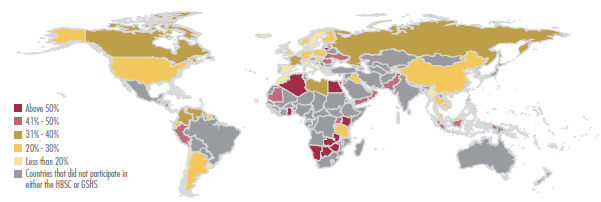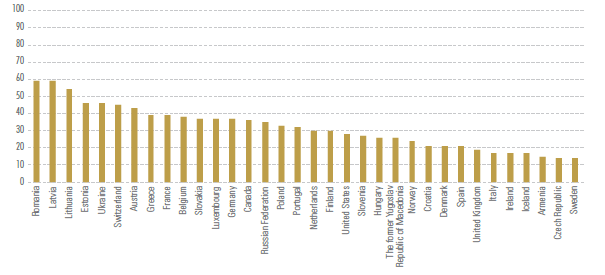Child Protection
Current Status + Progress
As children grow up, they become more vulnerable to other forms of aggression, including violence inflicted by their peers
Friendship is an important component of a child’s social life at every age.[i] Adolescents in particular often rely more heavily on peers than parents for support and interaction.[ii] As such, exposure to peer violence – including physical attacks, fighting and bullying - increases as children get older. Children can experience such violence directly, as either victims and/or perpetrators, or indirectly, as witnesses. Schools are typically the settings for peer violence since a majority of peer interaction occurs there.
For further details, see: United Nations Children’s Fund, Hidden in Plain Sight: A statistical analysis of violence against children, UNICEF, New York, 2014.





